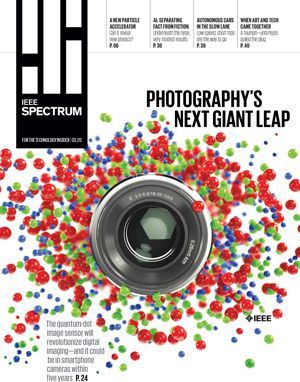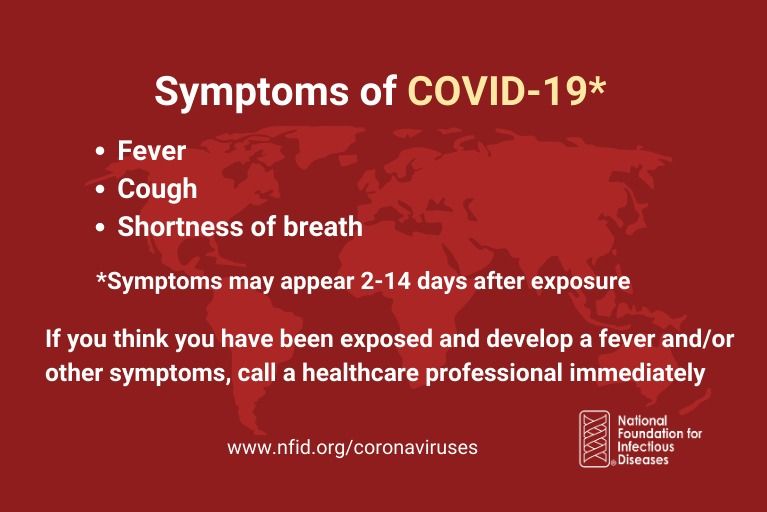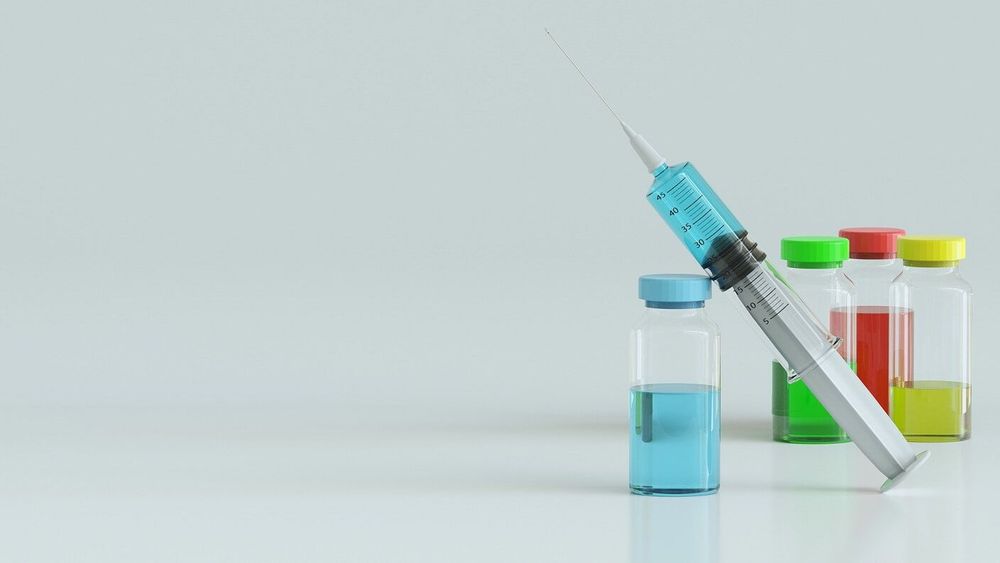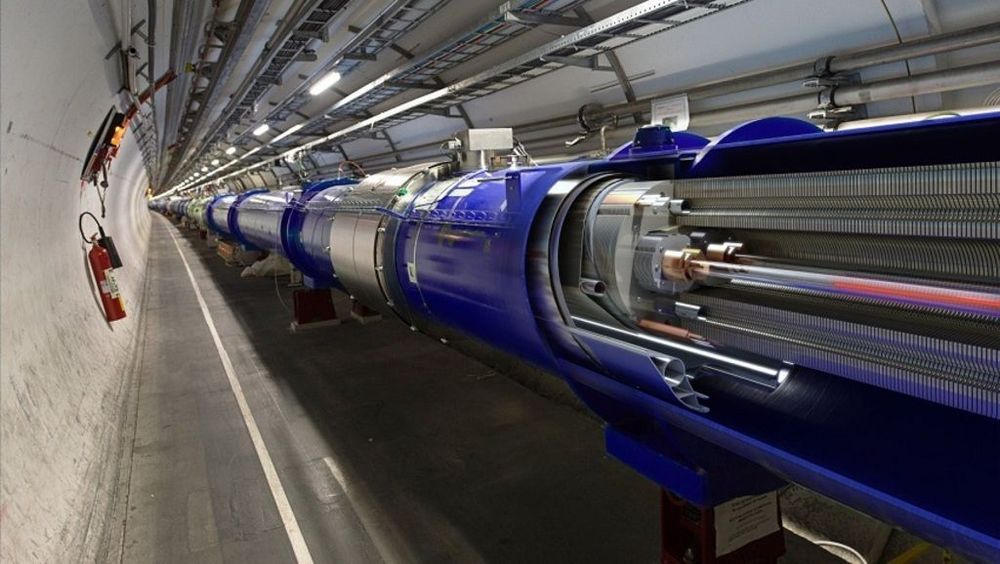AI helps designs AI chip that might help an AI design future AI chips.



1. Why Amazon will last longer than most businesses during the Covid-19 epidemic.
2. The challenges Amazon must overcome during the Covid-19 epidemic.
3. Ideas as to how they can overcome the challenge Amazon faces.
Coronaviruses are a large group of viruses that cause diseases in animals and humans. They often circulate among animals and can sometimes evolve and infect people. In humans, the viruses can cause mild respiratory infections, like the common cold, but can lead to serious illnesses, like pneumonia.
The 2019 novel coronavirus (COVID-19, previously known as 2019-nCoV) emerged in a seafood and poultry market in Wuhan, China in December 2019. It likely spread from an unknown animal to humans. Human-to-human transmission occurs through close contact.
Information about the novel coronavirus is changing rapidly.
“We should plan ahead,” warned physicist Stephen Hawking who died last March, 2018, and was buried next to Isaac Newton. “If a superior alien civilization sent us a text message saying, ‘We’ll arrive in a few decades,’ would we just reply, ‘OK, call us when you get here, we’ll leave the lights on’? Probably not, but this is more or less what has happened with AI.”
The memorial stone placed on top of Hawking’s grave included his most famous equation describing the entropy of a black hole. “Here Lies What Was Mortal Of Stephen Hawking,” read the words on the stone, which included an image of a black hole.
“I regard the brain as a computer,” observed Hawking, “which will stop working when its components fail. There is no heaven or afterlife for broken down computers; that is a fairy story for people afraid of the dark.”


A gravity laser :DDD.
We consider the possibility of creating a graviton laser. The lasing medium would be a system of contained, ultra cold neutrons. Ultra cold neutrons are a quantum mechanical system that interacts with gravitational fields and with the phonons of the container walls. It is possible to create a population inversion by pumping the system using the phonons. We compute the rate of spontaneous emission of gravitons and the rate of the subsequent stimulated emission of gravitons. The gain obtainable is directly proportional to the density of the lasing medium and the fraction of the population inversion. The applications of a graviton laser would be interesting.

Higgs boson laser.
Electroweak processes in high-energy lepton collisions are considered in a situation where the incident center-of-mass energy lies below the reaction threshold, but is boosted to the required level by subsequent laser acceleration. Within the framework of laser-dressed quantum field theory, we study the laser-boosted process $\ell^+ \ell^- \to HZ^0$ in detail and specify the technical demands needed for its experimental realization. Further, we outline possible qualitative differences to field-free processes regarding the detection of the produced Higgs bosons.

Scientists have accidentally discovered a completely new form of matter that works in the same way as the lightsabers used in Star Wars.
A team of physicists were messing around with photons when they managed to get the particles to stick together and form a molecule.
The molecule behaves, they claim, just like a lightsaber by moving the light particles around in a solid mass and is unlike any matter seen before.

The plaintiffs have sought $20 trillion, which is a bigger amount than China’s GDP, claiming coronavirus is the result of a biological weapon prepared by the Chinese authorities.
They have accused China of aiding and abetting death, provision of material support to terrorists, conspiracy to cause injury and death of US citizens, negligence, wrongful death, and assault and battery.
Also read: Coronavirus impact: India to produce hazmat suits locally as global suppliers say no.